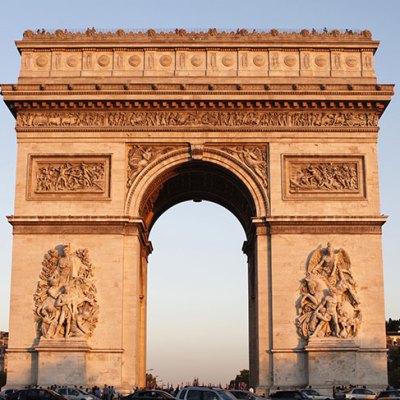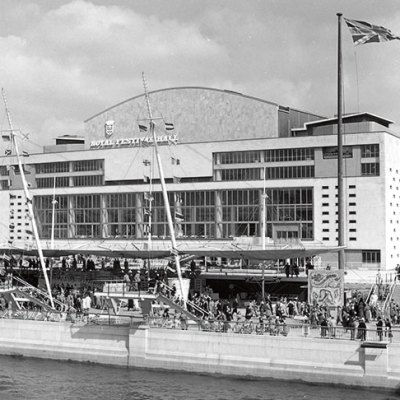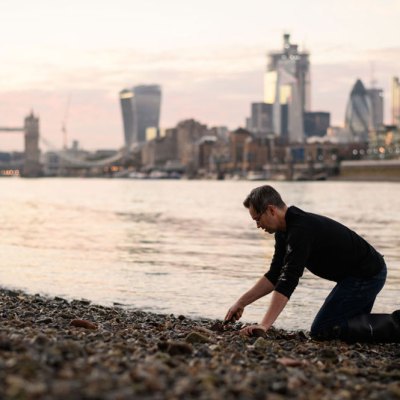With tourism subdued this year and staycations the watchword of the summer, Apollo’s writers and editors are seizing the opportunity to take in a few of the attractions in their home cities that they’ve always wanted to visit – but never braved the crowds to see.
Perhaps if they’d put me in a little basket on top of the London Eye, and had me gesturing north across the city towards the hallowed ground of Wembley Stadium, England would have won the Euros. Because with hindsight, it’s clear that if putting Geoff Hurst up there ahead of the final didn’t work, then what was needed was something like the opposite of the man largely responsible for England’s World Cup victory in 1966: a woman with very little interest in football, except for every two years, when the offside rule has to be explained yet again. As it is, I’m queuing up for my first-ever go on one of London’s top tourist attractions with all the other punters, and will be very much inside one of its glass pods, rather than on its roof. And while the sight and sound of a chattering group of school children in the line ahead of me is heartening after all this time locked down, I’m also thinking Please god may I not be in the same pod. It’s only now I’m here that it’s occurred to me that this is not the most pandemic-proof of activities.
The queue on this stretch of the city’s South Bank moves slowly as pods are emptied and filled again. Each revolution of the wheel takes about 30 minutes. I look at my phone, and see I’ve missed a call from a friend, a criminal barrister. I phone her back – this will be an excellent way to pass the time as I wait – but she dismisses the call. A text follows: ‘Sorry, about to go into court’. I message back to tell her not to worry, I’m about to go on the London Eye for work, so actually it’s a hectic time for me too.
I inspect the huge structure overhead, its steel wires stretched across to meet at the centre like bicycle spokes. Its 32 sealed cabins, or pods – one for each London borough – are attached to the exterior of the wheel and rotated by electric motors. At 135m, this is Europe’s tallest cantilevered observation wheel. When it opened as the Millennium Wheel in 2000, it offered the highest public viewing point in London, until the Shard, at nearly double the height, stole its crown three years later. It was also, until 2006, the world’s tallest Ferris wheel.
Like the Eiffel Tower, the London Eye was built as a temporary structure, and can trace its existence back to the tradition of universal exhibitions and fairs. The oldest Ferris wheel proper was made for the World’s Colombian Exposition in Chicago in 1893; designed by George Washington Gale Ferris Jr, it was intended to rival Gustave Eiffel’s structure, conceived for the Exposition Universelle of four years earlier. Others followed, including a Great Wheel built for the Empire of India Exhibition at Earls Court in 1895. Neither of these survived for much time after, though Vienna’s Riesenrad, constructed in 1897, is still operating, and has made for a versatile setting in films – see its sinister turn as a potential death trap in The Third Man, for instance, versus its romantic eyrie for a young couple sharing their first kiss in Richard Linklater’s Before Sunrise.
From left to right: Portcullis House, the Norman Shaw buildings, the Ministry of Defence; behind: the Treasury and Foreign Office. Photo: the author

The riverside spot partly occupied by the London Eye was the main site of the Festival of Britain in 1951, concocted to cajole the nation out of its post-war malaise. Here sprawled the Dome of Discovery, an aluminium tent housing eight exhibition sections on the theme of British exploration, while next to it the futuristic Skylon structure resembled a great rip in the sky. Today the site is mostly green: the Jubilee Gardens were inaugurated in 1977. Towering over them at the eastern edge is the deco-style Shell Centre, built between 1957 and 1962 to a design by Howard Robertson. Though it conceals in its bowels a theatre designed by Cecil Beaton complete with foyer mural by Osbert Lancaster, it imposes a distinctly corporate tone on its surroundings.
Up ahead of me, the clamouring school group piles into a pod; there’s a loud collective ‘CHEEEEEEESE’ as their teacher takes a photo, the door slides shut, and up they inch. The murky, tidal Thames laps at the pier, giving me the feeling of waiting to board a boat. From this outlying position there’s a good view back – one familiar to mudlarkers treasure-hunting on the foreshore – of the decorations on Joseph Bazalgette’s 19th-century embankment wall: mooring rings gripped in the mouths of bronze lion’s heads, weathered to a pleasing verdigris; above them, the globe-topped iron lamp posts made to a design by George John Vulliamy in c. 1870. His coiling ‘dolphins’, or sturgeon, are thought to have been inspired by the entwined stone fish either side of the Fontana del Nettuno in the Piazza del Popolo.
At last, I’m waved into a capsule along with, thankfully, only six other tourists. We’re lifted up on the strains of a saxophonist busking beneath the South Bank’s plane trees. St Paul’s emerges through the trees on the right as we rise higher. Along with the Thames, it’s the smudges of green – riverside avenues and tree canopies in the parks – that stand out at first. I’m surprised by how vast St James’s and Green Park appear around Buckingham Palace. Instinctively I look north beyond the BT Tower, trying to make out where home is: might Kentish Town lie somewhere at the foot of that spire? I test out the tiny plastic binoculars that I fell for, for an extra £5 online with my ticket – they aren’t much help.
From County Hall to St Thomas’ Hospital. Photo: the author

Looking at the city from up here is a bit like trying to make sense of a 1,000-piece unmade puzzle; or one of those tests for colour blindness, when you have to pick out a number or shape from its surroundings: at first it’s hard to see anything for what it is. Gradually, recognisable outlines emerge: on the other side of the river, there’s Cleopatra’s Needle, whose bronze pedestal and flanking sphinxes were designed by the same Vulliamy of the ‘dolphin’ lamp posts; behind it looms another display of petroleum-empire heft, Shell Mex House – this one more authentically art deco (it was built in the 1930s) and easily recognisable by its clock, nicknamed ‘Big Benzene’. Further downstream, just beyond Waterloo Bridge, Somerset House sprawls. A seagull flies past our cabin. From this bird’s-eye view, County Hall immediately below us becomes a much more interesting building, its central curved facade an emphatic and pleasing ‘C’. Even more striking is the circular courtyard of the Treasury building across the water – an amphitheatre at the centre of Whitehall officialdom.
As the wheel turns and our cabin makes its downward trajectory on the west side, two symbols of our turbulent times stand out: across the river, the Palace of Westminster covered in scaffolding, and directly opposite that, St Thomas’s Hospital – a building my eye might barely have registered 16 months ago. It feels cathartic to zoom out. If I could, I’d stay for another ride.


